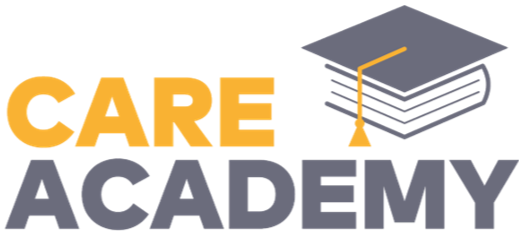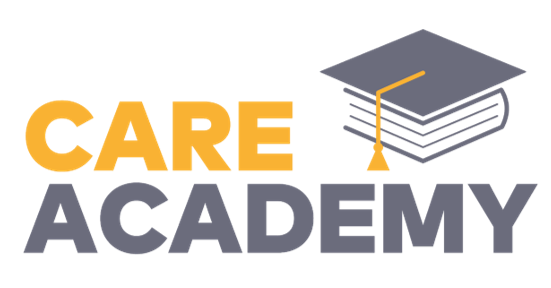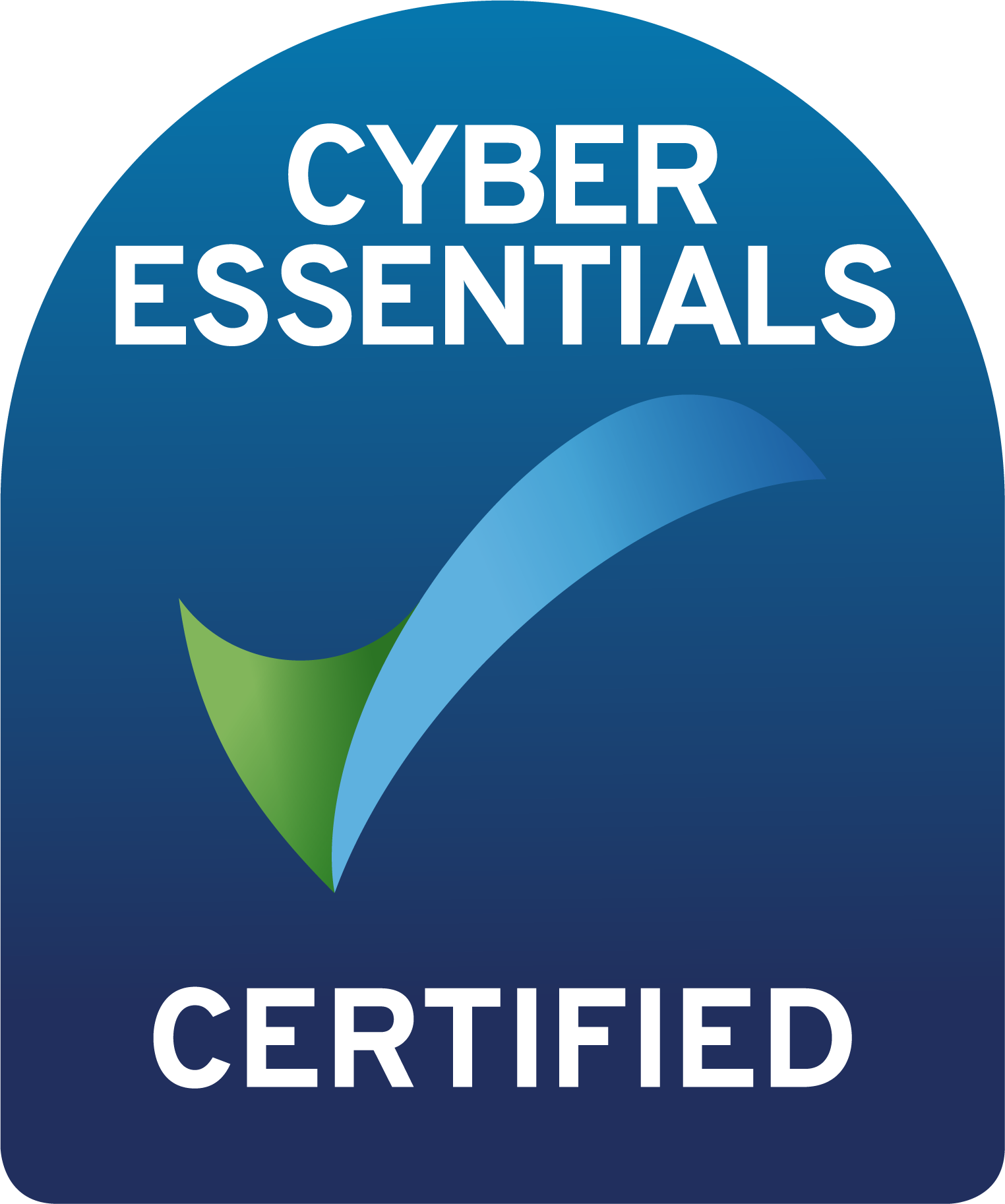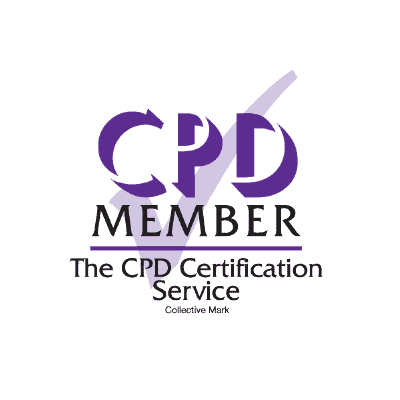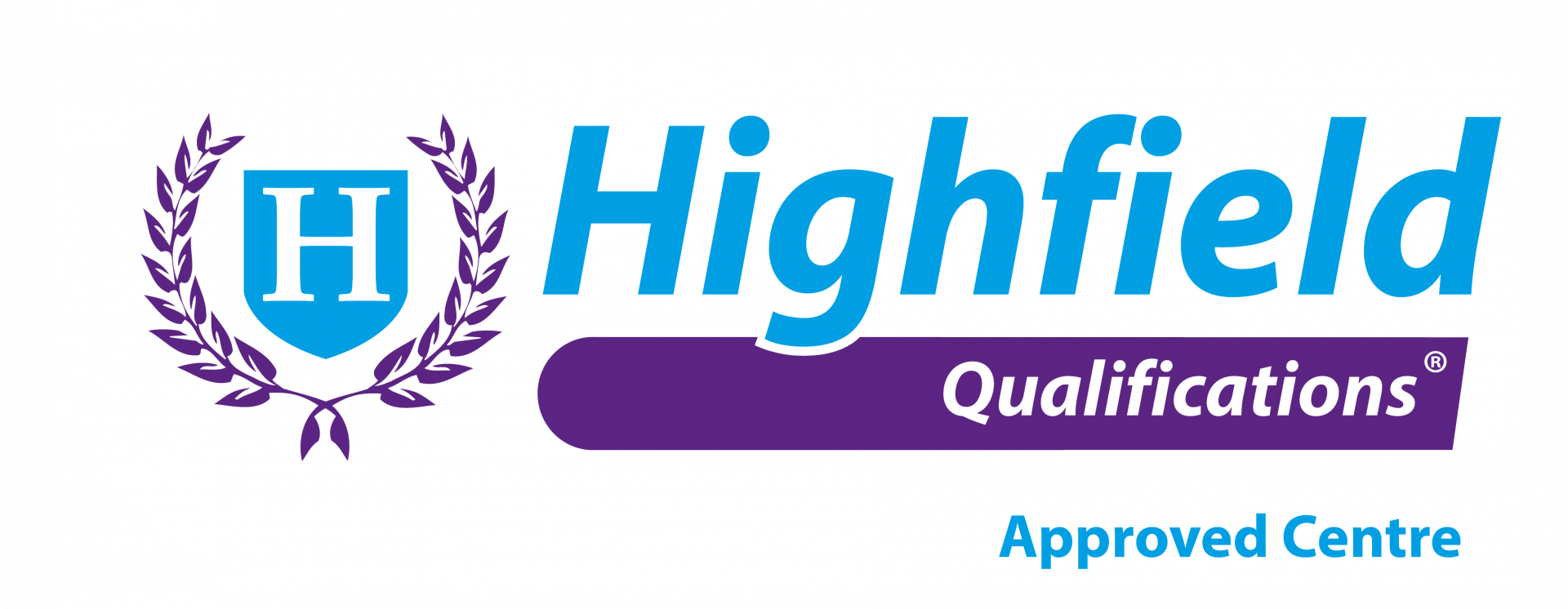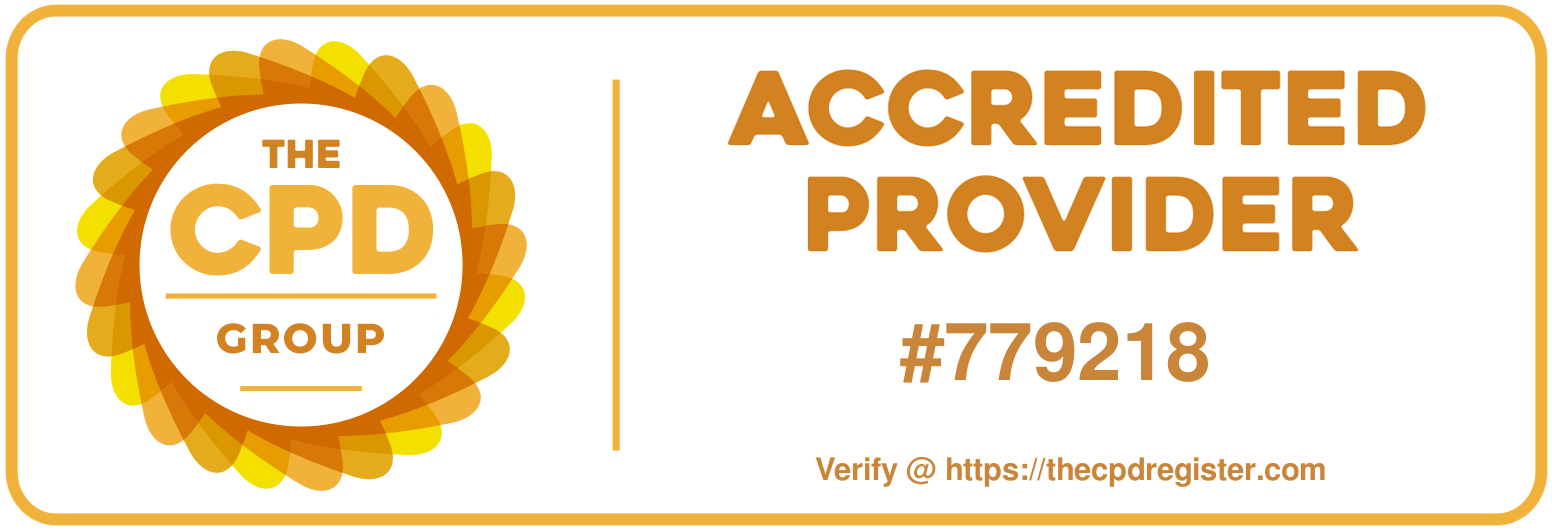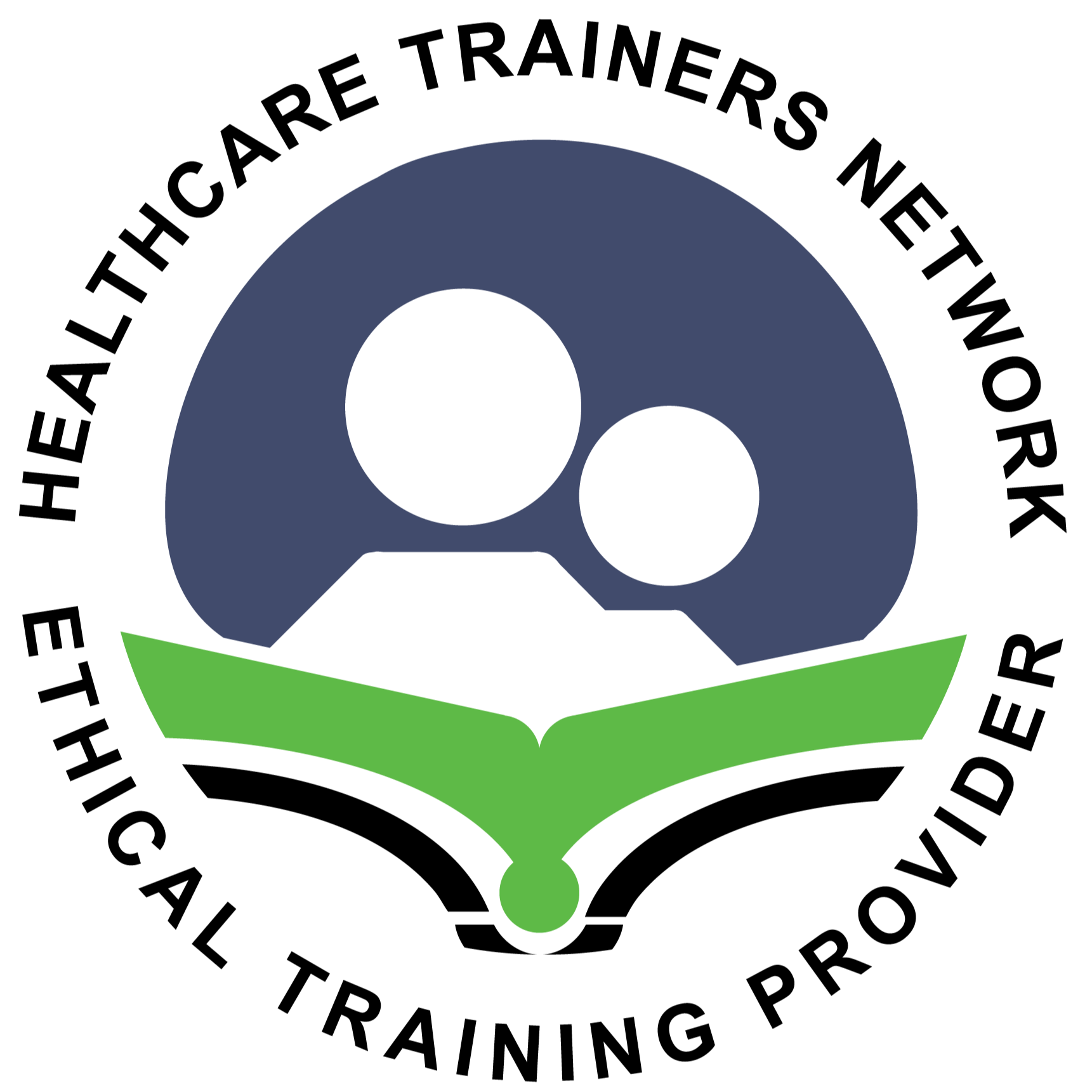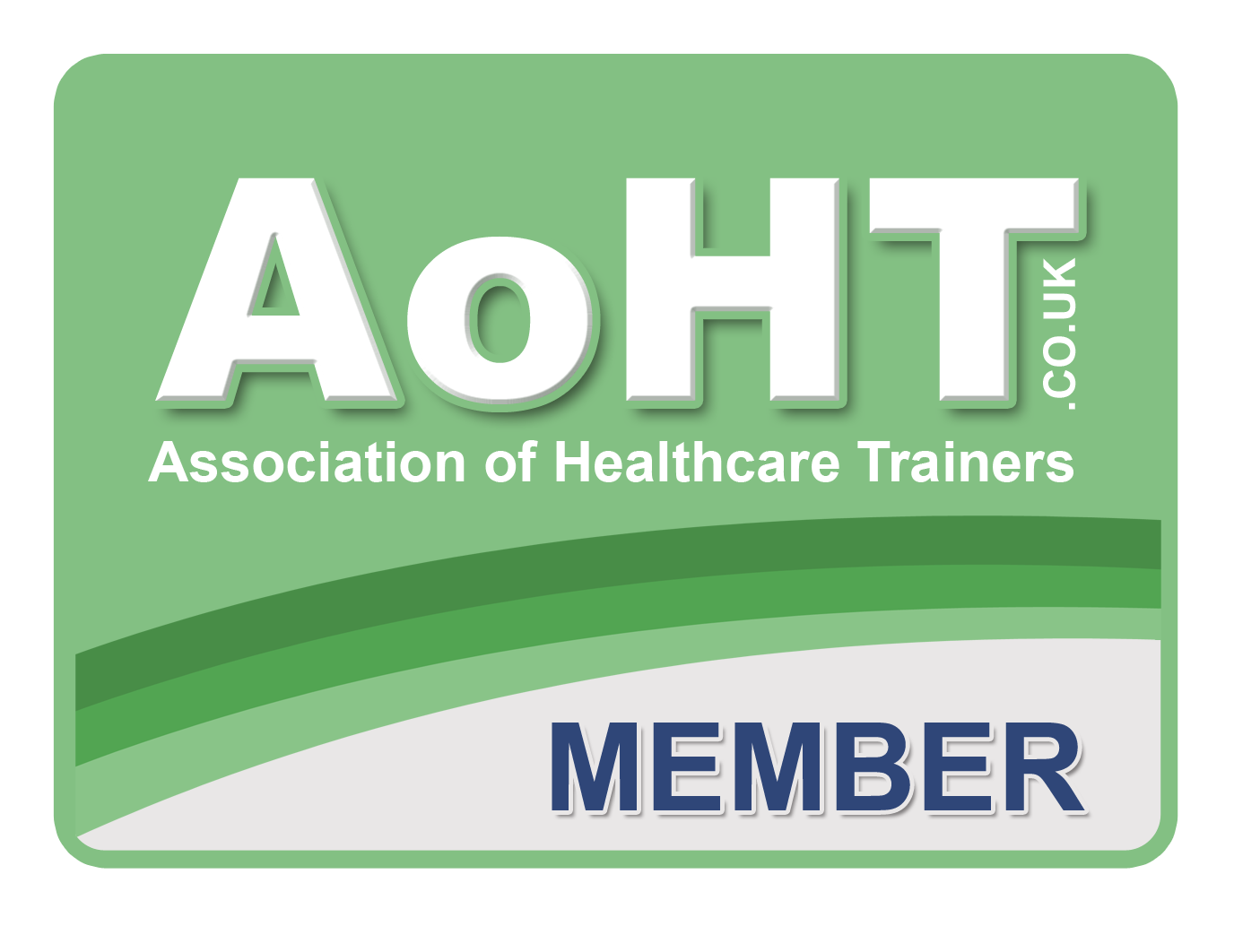Let's start off with some facts; over 1 million working days are lost every year in the UK due to musculoskeletal injuries. Many of these injuries will come from moving and handling injuries.
Interested in updating your moving and handling training? Check out our moving and handling courses currently on offer
Interested in updating your moving and handling training? Check out our moving and handling courses currently on offer
The legal side of things

Whether you live in the UK, or Jersey, the legislation states that you must receive appropriate training, supervision and instruction relevant to your role. Your employer needs to undertake risk assessments to make sure that you are undertaking your role safely and with as little risk as possible. You are legally responsible for following these risk assessments.
What is more, if equipment is required for your role, your employer has a responsibility to ensure that you receive the correct training, supervision and instruction for using this equipment. Your responsibility is to use the equipment provided to you in a way which does not compromise the health and safety of yourself or anyone else. Essentially, this means that you must follow your training and instructions given to you when using any piece of equipment.
What is more, if equipment is required for your role, your employer has a responsibility to ensure that you receive the correct training, supervision and instruction for using this equipment. Your responsibility is to use the equipment provided to you in a way which does not compromise the health and safety of yourself or anyone else. Essentially, this means that you must follow your training and instructions given to you when using any piece of equipment.
Moving and handling training
Moving and handling training comes in many different forms and you must ensure that you complete training which is relevant to your place of work. For example, if you work in healthcare, a moving and handling course aimed at those in construction might cover the relevant principles, but will not focus on the job related elements required for your role.
Equally, if you complete a moving and handling course aimed at an audience based in England and you work in Jersey, that moving and handling course might not cover the Jersey legislation which you are required to comply with.
Equally, if you complete a moving and handling course aimed at an audience based in England and you work in Jersey, that moving and handling course might not cover the Jersey legislation which you are required to comply with.
Theoretical moving and handling training
Theoretical moving and handling courses are an excellent way for you to get the foundation information which you need to then take back into your workplace. Your employer or supervisor can then use the theoretical knowledge that you have gained during training as a base for your practical training.
Our moving and handling courses are 100% theory led. The reasoning is because every one of our learners is unique in their place of work and their role. Therefore by providing the moving and handling theory which our learners require, employers can be assured of their employees having the foundation knowledge which they require for their roles. Employers can then take this training forward with work-based practical training which is relevant to that employees role and their area of work.
Our moving and handling courses are 100% theory led. The reasoning is because every one of our learners is unique in their place of work and their role. Therefore by providing the moving and handling theory which our learners require, employers can be assured of their employees having the foundation knowledge which they require for their roles. Employers can then take this training forward with work-based practical training which is relevant to that employees role and their area of work.
Practical moving and handling training
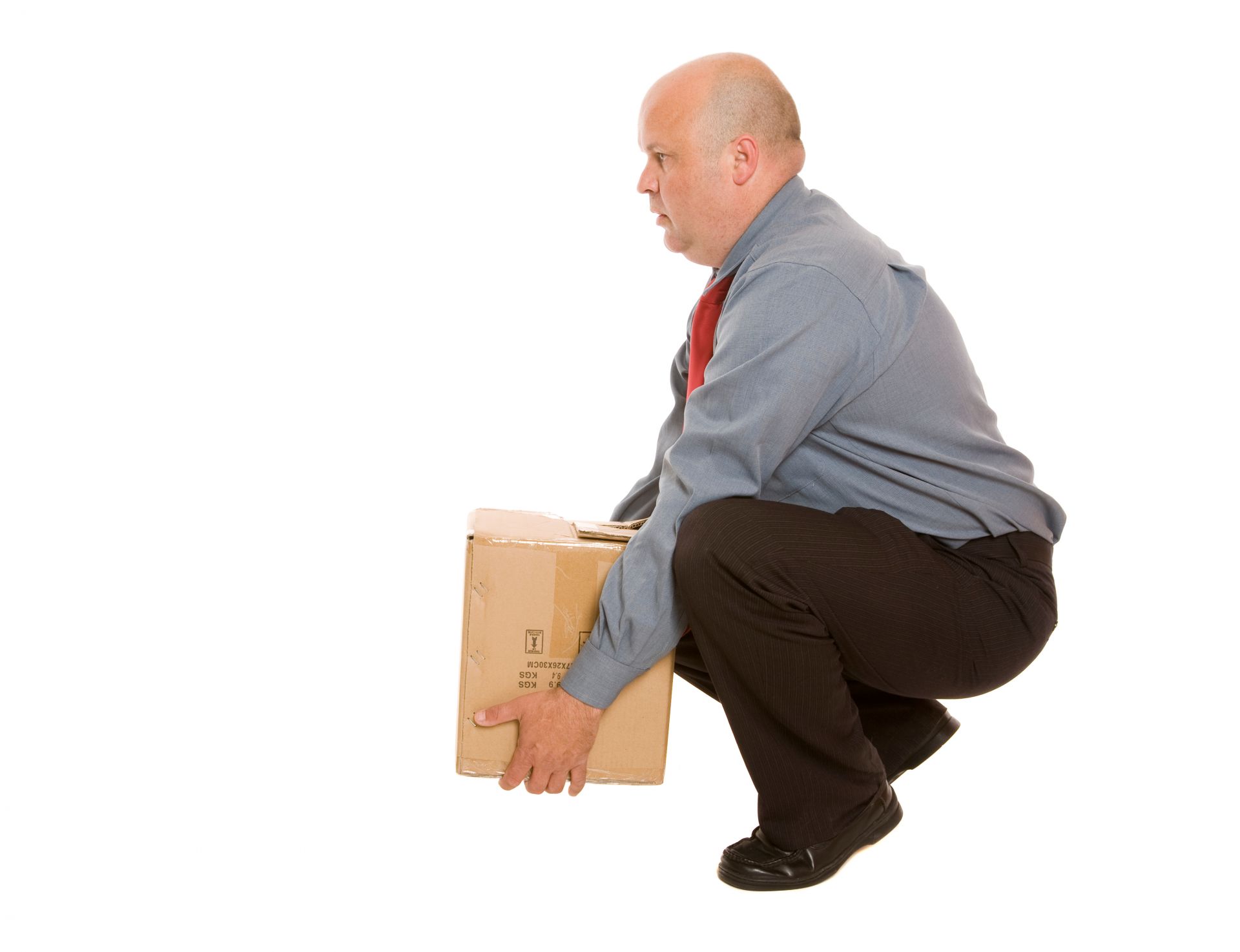
Practical moving and handling training does not always take place in a classroom environment. Sometimes it is more appropriate for moving and handling practical training to be carried out on the job. As long as the training is carried out in a safe manner and you are properly supervised, there is nothing wrong with training in this way.
Depending on the piece of equipment which you are being trained to use, practical moving and handling training might last anywhere from a few minutes to a few hours, or even a few days!
If an assessment is attached to your practical training, the person training you will normally let you know in advance. Your assessment might include you carrying out a moving and handling task:
Depending on the piece of equipment which you are being trained to use, practical moving and handling training might last anywhere from a few minutes to a few hours, or even a few days!
If an assessment is attached to your practical training, the person training you will normally let you know in advance. Your assessment might include you carrying out a moving and handling task:
- By yourself
- As part of a team
- Using equipment
- Or a mixture of all three
